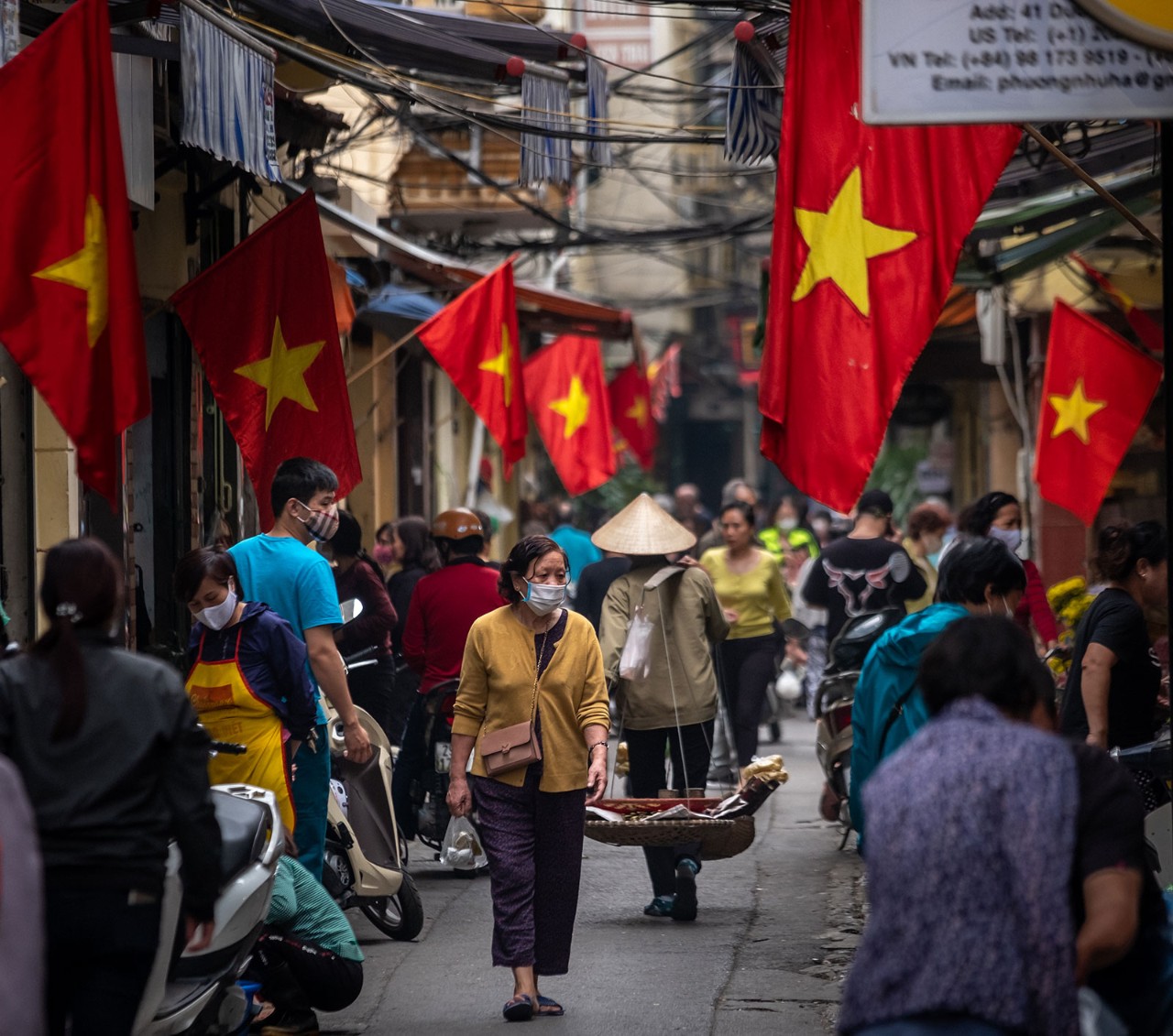
As Hong Kong seeks ways to reboot its battered economy amid the travails of both Covid-19 economic disruption and the trade tensions between mainland China and the US, a silver lining could be in the offing. The special administrative region is being urged to ‘harness its advantages’ by working more closely with neighbouring Shenzhen and the other cities in the Greater Bay Area.
Mainland China’s vice-premier Han Zheng recently called on Hong Kong to position itself better to grasp the opportunities of the nation’s next stage of development. With mainland China poised to be the only major economy to record positive growth during the latter part of 2020, according to the International Monetary Fund, that stage is already starting to play out.
The Greater Bay Area comprises nine mainland cities in southern China’s Guangdong province plus the two special administration regions of Hong Kong and Macau – it is sometimes called the ‘9+2’ initiative. The area has a combined population of about 70 million and a formidable US$1.65 trillion in annual economic output. Taking its inspiration from the Tokyo Bay Area and the San Francisco Bay Area, the Chinese government announced its Greater Bay Area initiative in 2016, with the aim of transforming the region into an innovation and technology hub.
Spearhead of change
Since the Greater Bay Area blueprint was revealed, Hong Kong – as the most international in the 9+2 configuration – has been assigned the strategic role of spearheading that transformation. It has now also been given the job of bolstering its ‘gateway’ role by stepping up interaction with other countries and regions, as well as mainland cities.
With government financial support for businesses due to end in November 2020, and the prediction that the Hong Kong economy is likely to shrink by up to 8% this year, any initiative that provides a jolt to its beleaguered economy would be welcome. The latest nudge to pep up Greater Bay Area activities follows the visit by Hong Kong’s chief executive to Beijing and Guangdong for talks with mainland officials aimed at jump-starting the territory’s under-pressure economy.
Yet no indication has been given of how the complex task will be tackled of amalgamating the three different economies of Macau, Hong Kong and Guangdong, with their varying laws, customs regulations, tariffs, business subsidy schemes, environmental regulations, immigration rules and quality control accreditation, not to mention the three different currencies.
However, to give full play to Hong Kong’s unique edge as a gateway to the Greater Bay Area, it has been suggested that it should put more emphasis on its status as a ‘biliterate and trilingual’ society – one whose citizens can read and write Mandarin and English, and speak Mandarin, Cantonese and English. Efforts should also be made to assist the expansion of foreign-invested enterprises into the mainland market by first establishing a foothold in Hong Kong.
Hong Kong offers the equivalent of access to a five-star buffet of professional services for the international business and investment community
According to a senior government official, Hong Kong’s ability to harness its strengths as an international finance, trade and transportation ecosystem is the equivalent of offering the international business and investment community access to a five-star buffet of professional services. It provides Hong Kong with an ‘irreplaceable’ edge, he says, so why would they need to look anywhere else?
Meanwhile, as Hong Kong reels from the double whammy of Covid-19 and trade tensions, business leaders and government officials have called on citizens to rejuvenate the ‘Lion Rock spirit’. The appeal to that can-do mentality is taken from the Below the Lion Rock TV series popular during the 1970s that highlighted the strengths and values Hongkongers demonstrated as they overcame the social and economic challenges of the time.
